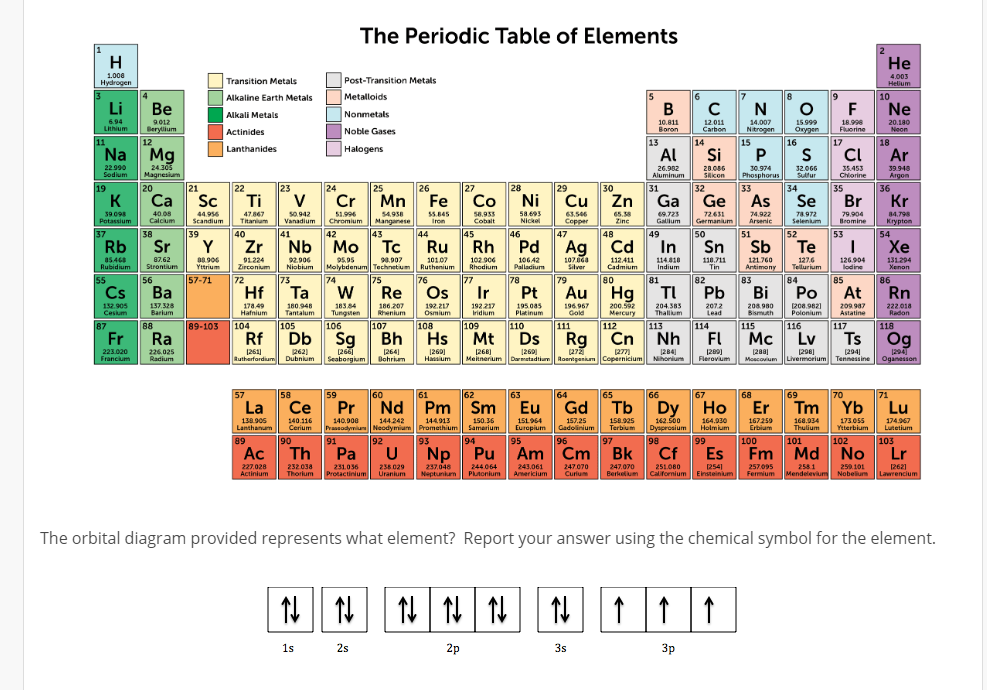
This means that it will be solid at room temperature. Predict the melting and boiling points of astatine, and its state at room temperature.Īstatine should have a melting point of about 300☌ and a boiling point of about 340☌. Astatine is placed below iodine in group 7. The graph shows the melting and boiling points of the first four group 7 elements. Visualize trends, 3D orbitals, isotopes, and mix compounds. Finally, all the metals in group 14 have a +4 charge.

Then, metals in groups thirteen and fifteen have a charge of +3. Group one is composed of metals that have a +1 charge, while all the metals in groups 2,3,4,5,6,7,8,9,10,11,12, and 16 have a charge +2. They all form diatomic molecules (H 2, F 2, Cl 2, Br 2, I 2, and At 2 ), for example, and they all form negatively charged ions (H -, F -, Cl -, Br -, I -, and At. If you look at the periodic table, you will find the metals in groups (from one to 16). As expected, these elements have certain properties in common.

The elements in group 7 are called the halogens. Group 7 contains non-metal elements placed in a vertical column on the right of the periodic table.


 0 kommentar(er)
0 kommentar(er)
